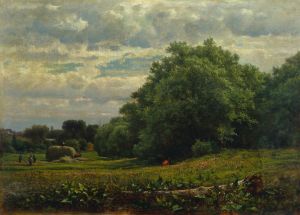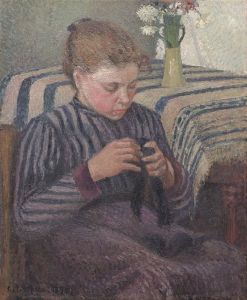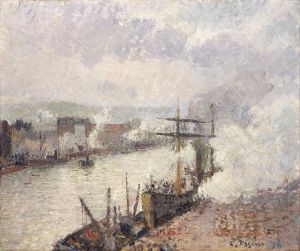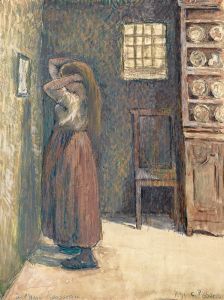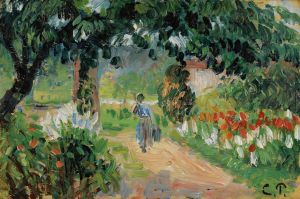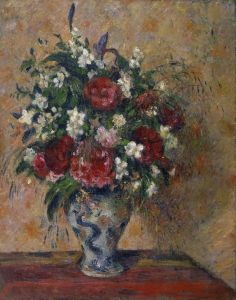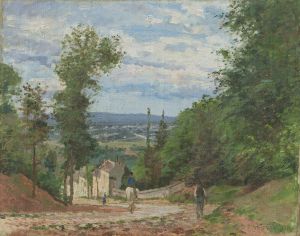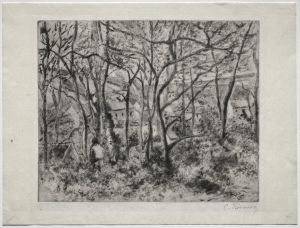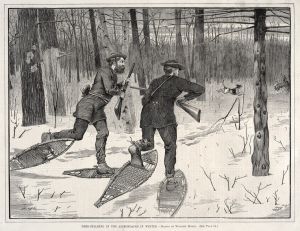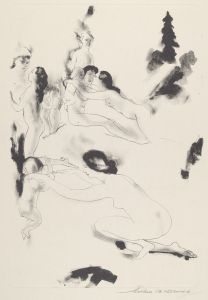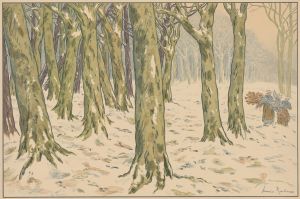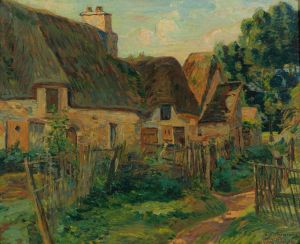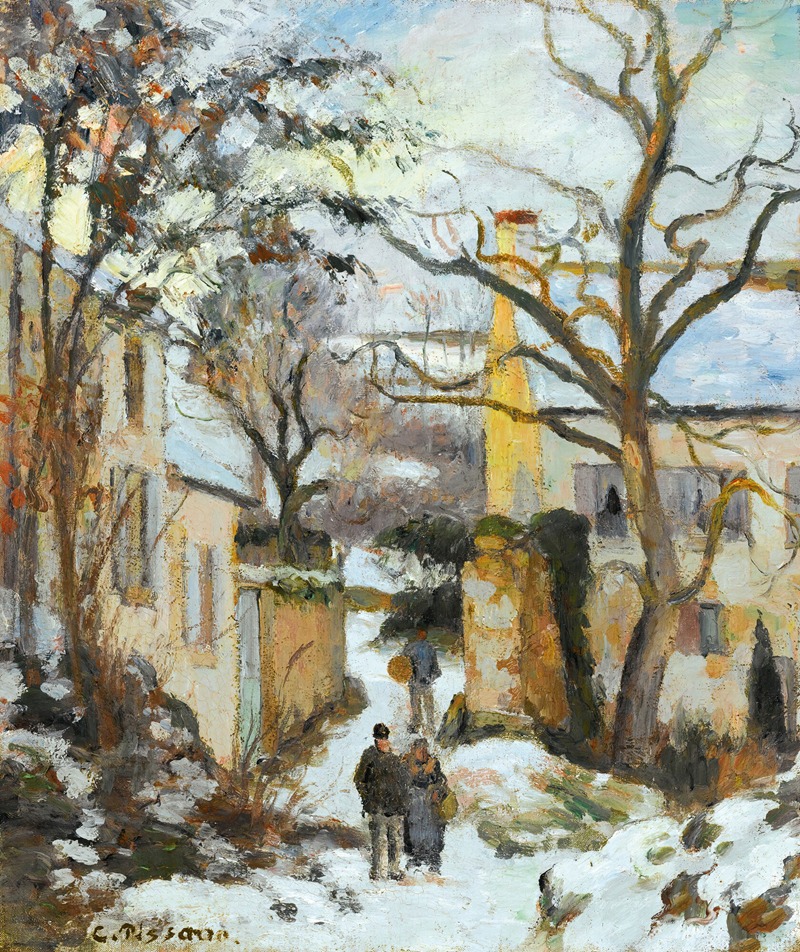
La Maison Rondest Sous La Neige, Pontoise Or Chemin De L’hermitage, Pontoise, Sous La Neige
A hand-painted replica of Camille Pissarro’s masterpiece La Maison Rondest Sous La Neige, Pontoise Or Chemin De L’hermitage, Pontoise, Sous La Neige, meticulously crafted by professional artists to capture the true essence of the original. Each piece is created with museum-quality canvas and rare mineral pigments, carefully painted by experienced artists with delicate brushstrokes and rich, layered colors to perfectly recreate the texture of the original artwork. Unlike machine-printed reproductions, this hand-painted version brings the painting to life, infused with the artist’s emotions and skill in every stroke. Whether for personal collection or home decoration, it instantly elevates the artistic atmosphere of any space.
Camille Pissarro, a prominent French Impressionist and Neo-Impressionist painter, created numerous works that captured rural and urban landscapes with a focus on light, atmosphere, and the daily lives of people. Among his many paintings, La Maison Rondest Sous La Neige, Pontoise (also referred to as Chemin de L’Hermitage, Pontoise, Sous La Neige) is a notable example of his exploration of winter scenes and his dedication to plein air painting.
This artwork was painted during Pissarro's time in Pontoise, a small town northwest of Paris, where he lived and worked for several years. Pontoise was a significant location for Pissarro, as it provided him with a wealth of natural and architectural subjects that he depicted in various seasons and weather conditions. The town also served as a meeting point for other Impressionist artists, including Paul Cézanne, who worked alongside Pissarro and was influenced by his techniques.
The painting portrays a snow-covered landscape, with a house and a path leading through the scene. Pissarro's use of soft, muted tones and delicate brushwork captures the quiet and serene atmosphere of a winter day. The composition reflects his interest in the interplay of light and shadow on snow, as well as his ability to convey the texture and temperature of the environment. The scene is both intimate and expansive, inviting the viewer to experience the tranquility of the countryside during winter.
Pissarro's work during this period often focused on rural life and the changing seasons, emphasizing the harmony between human habitation and nature. His choice of subject matter and his technique align with the broader goals of the Impressionist movement, which sought to depict modern life and the fleeting effects of light and weather. Pissarro's paintings from Pontoise, including this winter scene, are celebrated for their sensitivity and their ability to evoke a sense of place.
The exact date of the painting is not definitively documented, but it is believed to have been created in the late 1870s or early 1880s, a time when Pissarro was deeply engaged with the Impressionist style. The painting is part of a larger body of work that demonstrates his mastery of capturing seasonal changes and his commitment to observing nature directly.
As with many of Pissarro's works, La Maison Rondest Sous La Neige, Pontoise reflects his innovative approach to composition and his influence on subsequent generations of artists. Today, the painting is recognized as an important example of his contribution to the Impressionist movement and his ability to depict the beauty of everyday life.






